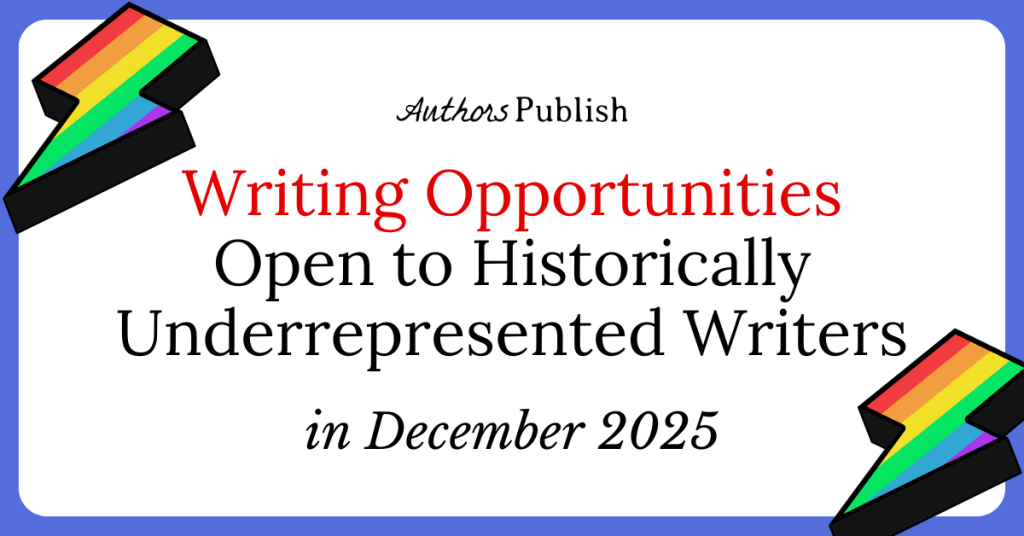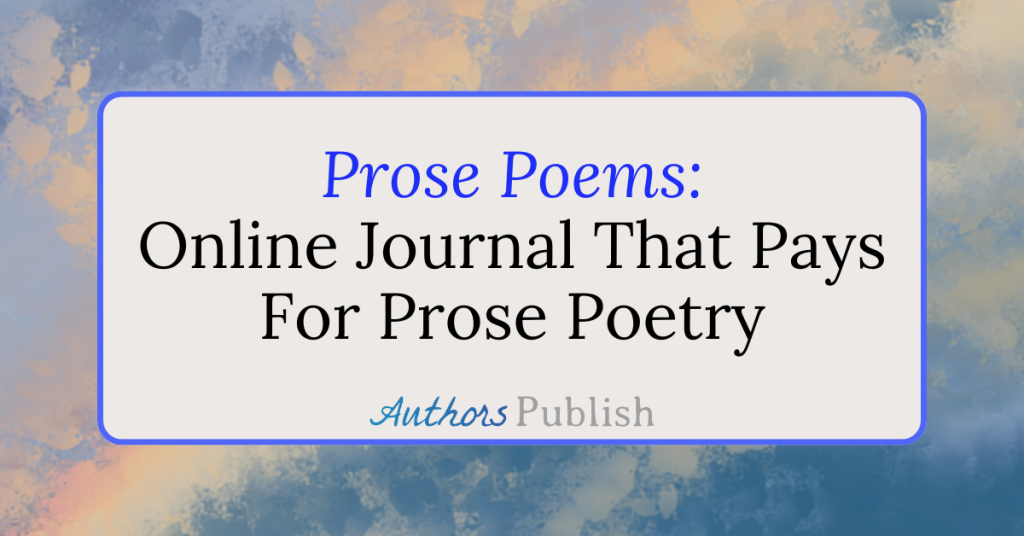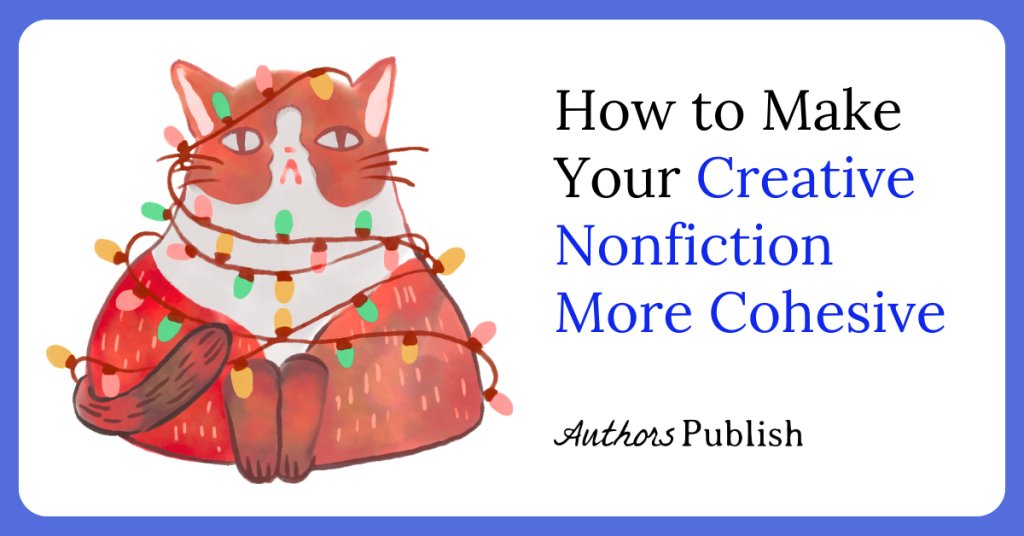Over the last decade, the word trope has come to be used to describe commonly recurring motifs, clichés, and rhetorical devices in a wide range of creative works.
Once you become aware of tropes, and how they’re used (and misused), they can become a useful tool in your writer’s toolkit.
Tropes: in characters and stories
Characters can be reduced to tropes, such as “the Park Avenue Princess” or “the boy from the wrong side of the tracks.” Genre publishers, especially romance publishers, sometimes list the kind of tropes they want to see.
Although – it is the detailed life of that character that the author constructs that makes them interesting, not the trope in and of itself.
Stories can be made up of tropes like “rags to riches” or “save the world.” Most stories involve more than one trope, that’s how authors create a more complex plot.
It’s also helpful to look at list of tropes. TV Tropes is a particularly good place to start.
Using tropes in unexpected ways
If you are aware of tropes, it’s much easier to use them in unexpected ways – to subvert them and combine them in an exciting or unexpected way.
Subverting tropes is a powerful tool available to authors. For example, you can set up a story so that it seems like a “rags to riches” arc, only to discover that it’s a “rags to rags” arc, or even more exciting, something completely unexpected like “rags to mystery”.
Pairing a plot trope with an unexpected character trope is one of my favorite ways to generate ideas. For example, criminal mastermind plus suburban soccer mom is a pretty exciting, yet less traditional pairing (it’s also more or less the plot of TV show Good Girls).
Understanding problem tropes
Tropes cannot be inherently good. Save the world does not automatically make a good story, it takes an author to do that. But some tropes can be inherently problematic. For example, there’s a common science fiction trope that women need to be sexually assaulted in order to become more powerful.
One of the many reasons authors should be more aware of tropes is so that they can avoid including problematic ones. For a long time, I read stories without any real awareness of tropes. I would enjoy a movie or a book, without the fact that it was “a love at first sight” story even entering my mind.
Identifying tropes to analyze works, create plots
Once I started identifying problematic tropes that I wanted to avoid reading, I started to also notice and identify tropes in creative work in general. I’ve found this practice surprisingly helpful because it helps me understand a story at its most basic layer, and then examine what the author has done to set that trope apart.
It’s helped me analyze and learn from stories at a different level but it’s also helped me create more unique and surprising plots, in part because I view my own plots in the context of creative work produced by others, but containing those same tropes.
In conclusion
Learning more about tropes takes time. A good place to start is to find out what tropes contribute to your favorite creative works.
But the more I think about a creative work in terms of tropes the better I understand it, and the more I understand how to make my own work better and more layered.
Emily Harstone is the author of many popular books, including The Authors Publish Guide to Manuscript Submissions, The 2019 Guide to Manuscript Publishers, Submit, Publish, Repeat, and The Authors Publish Guide to Children’s and Young Adult Publishing.
She occasionally teaches a course on manuscript publishing, as well as a course on publishing in literary journals.






